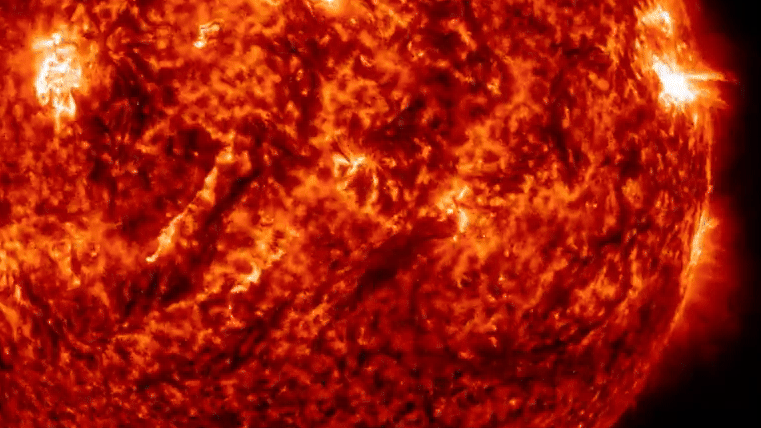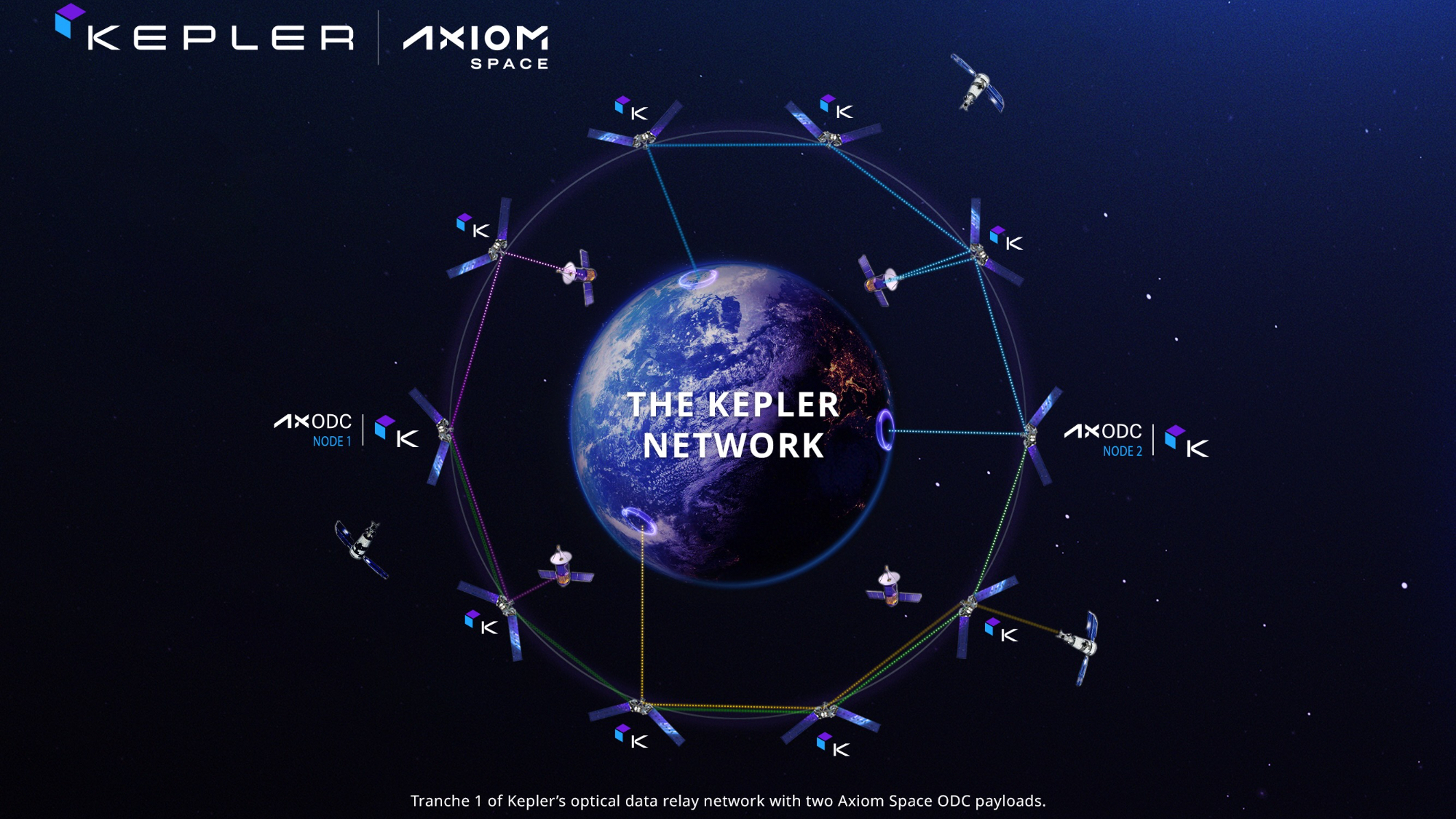NASA's OSIRIS-REx spacecraft is tucking away precious asteroid samples for safekeeping
The OSIRIS-REx probe is packing up while it can.

NASA's asteroid-sampling maneuver last week was so successful that the spacecraft will begin stowing its new souvenirs today (Oct. 27) to avoid losing rock by idling around.
The agency's OSIRIS-REx spacecraft touched down on an asteroid named Bennu on Oct. 20 and puffed nitrogen gas at the space rock to blow pieces into the arm's sampling head before backing away to safety. When OSIRIS-REx scientists were able to see images of the sampling head on Oct. 22, they realized that the maneuver had been so successful that asteroid rubble blocked the flap designed to close off the material in the arm.
Some of the spacecraft's precious haul started leaking away.
Related: OSIRIS-REx: NASA's asteroid sample-return mission in pictures
So, in a procedure that's become familiar for the OSIRIS-REx team, the mission's scientists and engineers reevaluated their plans. Originally, the spacecraft was scheduled to make a careful pirouette over the weekend that would tell scientists precisely how much weight OSIRIS-REx had picked up in its encounter. But without the flap fully closed, that spin would result in the spacecraft losing more space rock.
To prevent this, the mission staff decided to skip that step and instead go ahead and stow the sample, a days-long maneuver that starts today, rather than waiting until Nov. 2 as had been previously planned. The process will tuck the spacecraft's sampling head securely into its sample return capsule for safe travel to Earth.

The OSIRIS-REx (short for Origins, Spectral Interpretation, Resource Identification, Security, Regolith Explorer) mission isn't done studying Bennu, however. The mission is scheduled to remain at the space rock until the middle of next year before turning back to Earth, where it will deliver its cargo in 2023.
Get the Space.com Newsletter
Breaking space news, the latest updates on rocket launches, skywatching events and more!
Email Meghan Bartels at mbartels@space.com or follow her on Twitter @meghanbartels. Follow us on Twitter @Spacedotcom and on Facebook.
Join our Space Forums to keep talking space on the latest missions, night sky and more! And if you have a news tip, correction or comment, let us know at: community@space.com.

Meghan is a senior writer at Space.com and has more than five years' experience as a science journalist based in New York City. She joined Space.com in July 2018, with previous writing published in outlets including Newsweek and Audubon. Meghan earned an MA in science journalism from New York University and a BA in classics from Georgetown University, and in her free time she enjoys reading and visiting museums. Follow her on Twitter at @meghanbartels.









